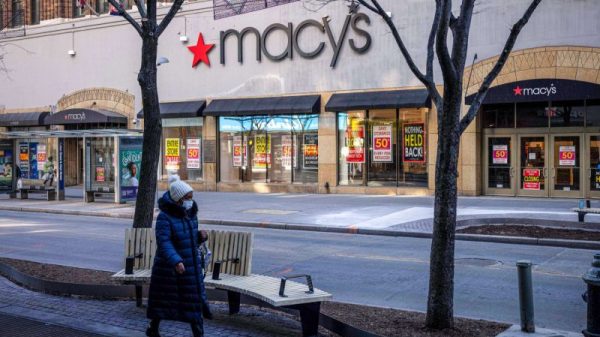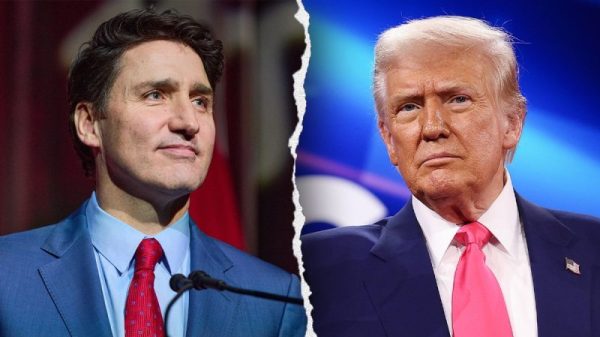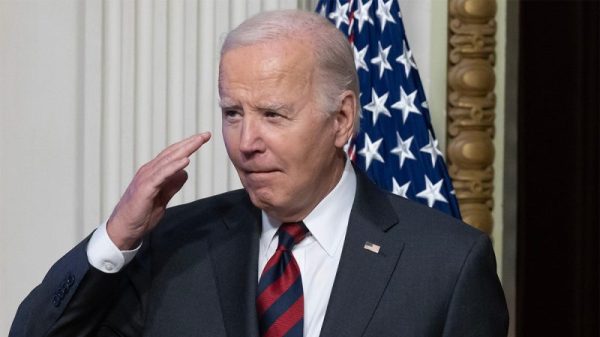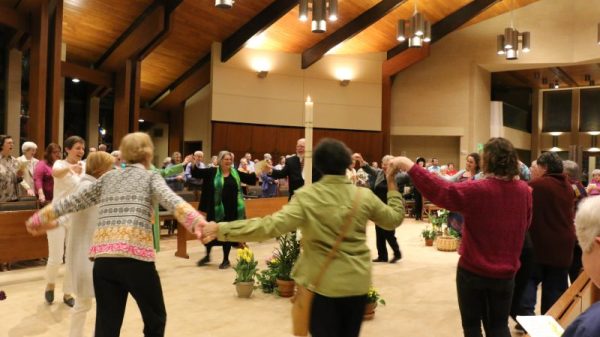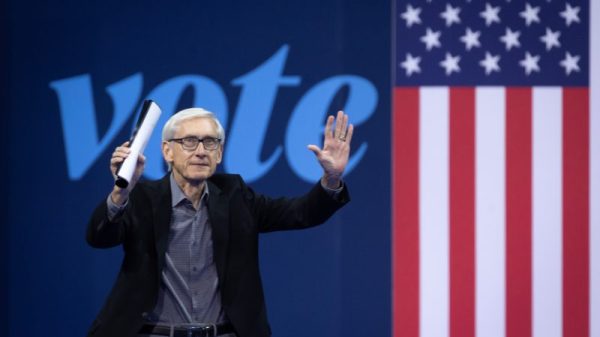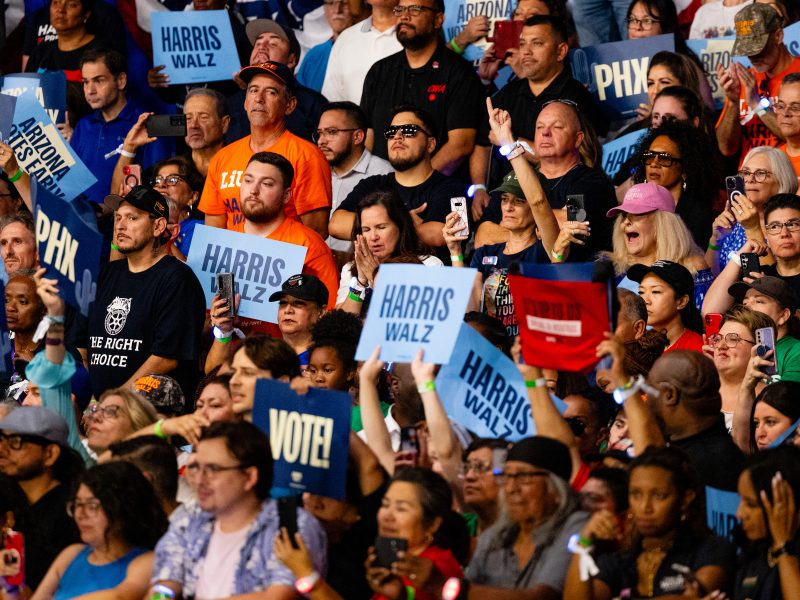It is hard to overstate the extent to which it is hard to know what will happen in the presidential election set to conclude in about three weeks. National polling continues to show Vice President Kamala Harris with a slight advantage; The Washington Post’s average of swing state polling shows her leading in four of seven.
In none, though, is either candidate up by more than 2 points, meaning that each state should really be considered a toss-up. Harris could conceivably win all seven, as could Donald Trump. The national popular vote could be narrowly decided even while the electoral college sees a significant divide. Or the opposite could happen. Polling isn’t designed to offer a precise prediction of the outcome and so it doesn’t.
What will determine the next president, then, is who comes out to vote. This is a deeply superficial thing to say, of course, since it’s always true that voting depends on the voters. But sometimes, in some races, turnout levels aren’t going to be determinative to the results. In this race, they will be.
That context is important for considering new national polling conducted by Siena College Research Institute for the New York Times. National polls often present both top-line results and results for specific demographic groups: by age, by race, by gender. But splitting up the responses into smaller groups increases the margin of sampling error, making the results less reliable the more you slice.
To get a better sense of how two particular groups of Americans view the election — Black Americans and Hispanic Americans — the new Times-Siena polls focused specifically on those groups, meaning they offer a more accurate look at how Black and Hispanic voters view the race.
The central takeaway is that, as other polling has shown, Black and Hispanic voters are less supportive of Harris’s bid now than exit polls from 2020 suggest they were of Joe Biden’s bid four years ago. Contrary to one common explanation for that shift — that working-class Americans of color were moving to the right — the polls found no difference in views of the race between Black Americans with and without a college degree, and a relatively modest difference among Hispanics by college education. Instead, the biggest gaps were between younger and older members of each group and by gender.
There were 20-point differences in the margin of support for Harris among Black Americans under 30 and those ages 65 and over, the same as the difference between Black men and Black women. Among Hispanics, there were 30-point differences between young and old and between men and women.
Assuming these results reflect how those groups will vote in November — a big assumption that we will come back to — the margins Harris enjoys among Black Americans are much softer relative to 2020 than those among Hispanic voters. In 2020, exit polling showed Biden leading Trump by 75 points among Black voters; now, Harris leads by 63 points. Among Hispanic voters, exit polls had Biden up 33 points four years ago, though analysis conducted by the Pew Research Center (comparing post-election polling to voter records) showed a narrower, 21-point lead. Now, Harris leads by 19 points.
Usefully, the Times and Siena College also released a national poll in October 2020, letting us see how the race looked among racial groups then. (The margins of error were larger, though, since that poll didn’t drill down on the views of Black and Hispanic voters in the same way.) In 2020, the October Times-Siena poll underestimated Biden’s eventual support among Black voters and the support of White voters for Trump. The measured support among Black voters was close to both the exit polls and Pew’s analysis.
What’s striking, though, are the shifts among Black voters by gender. The 2020 exit polls showed lower support for Biden among both Black men and Black women than did Pew’s analysis. Relative to those exit polls, Harris’s support is down 9 points among Black men from Biden’s support and down 7 points among Black women. Those drops account for almost all of the shift in the vote margin; Harris leads Trump among both Black men and Black women by 10 fewer percentage points than Biden did in the exit polls.
How much support Harris actually gets from Black voters, then, will depend to a large extent on who comes out to vote. One in 10 likely Black male voters, for example, told the Siena College pollsters that they weren’t sure how they planned to vote. Harris gets 78 percent of the vote from everyone else — in line with Biden’s 2020 support. So if those Black men who are undecided simply don’t vote, the picture changes. Comparing polls to results is, necessarily, a comparison of apples to oranges.
We should keep that in mind, too, when we consider the divide among Black and Hispanic voters by age. Younger voters simply don’t vote as often. The Times-Siena poll focuses on likely voters, so these are voters the pollsters believe will cast a ballot, but lots of campaigns have been doomed by the idea that turnout among younger voters is their path to victory.
There’s another shift shown on the second chart above that is worth highlighting. In 2020, exit polling showed White women supporting Trump by an 11-point margin. Now, the Times-Siena national poll shows Harris with a slight lead within that group. Similar caveats apply; we’ll see who actually turns out to vote. A modest shift toward Harris among White women, though, is more electorally significant than a shift away among Black women. In 2020, after all, about 1 in 8 voters was Black, and the same number were Hispanic. Nearly a third were White women — more than the total turnout from Black and Hispanic voters. Twice as many White women as Black and Hispanic women combined voted that year.
Both campaigns need their voters to turn out by Election Day. That’s not new. What’s new is who “their voters” might be, at least relative to 2020 — and at least assuming that the trends captured in the Times-Siena polling actually measure Americans who are end up casting a vote.










